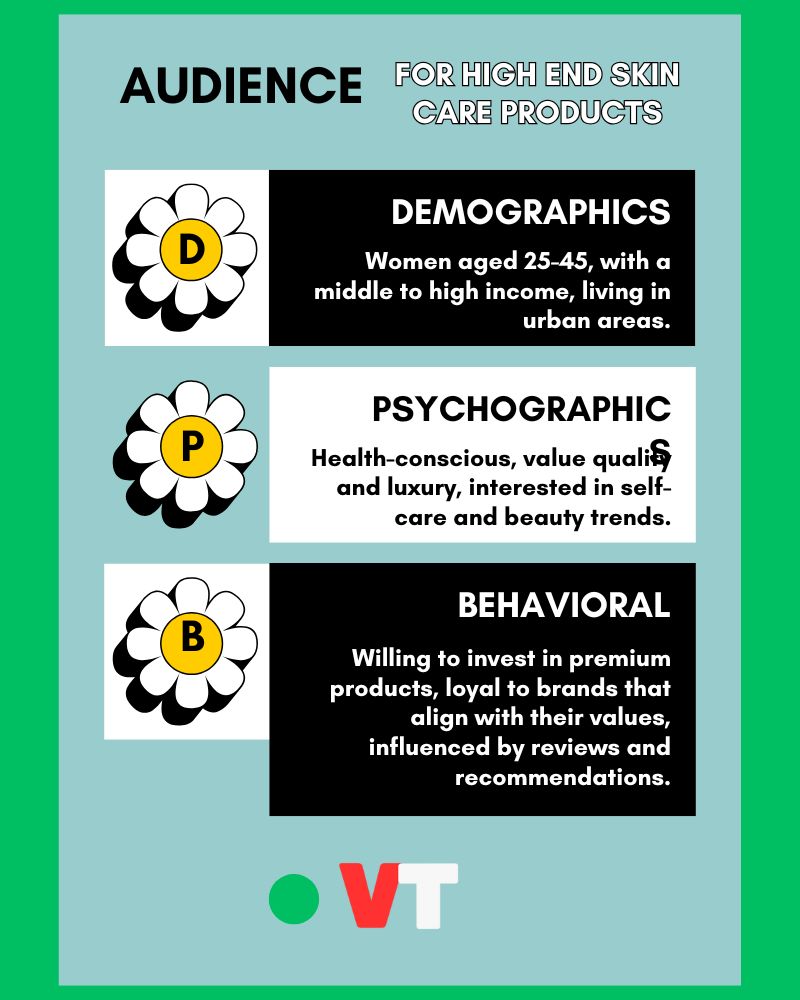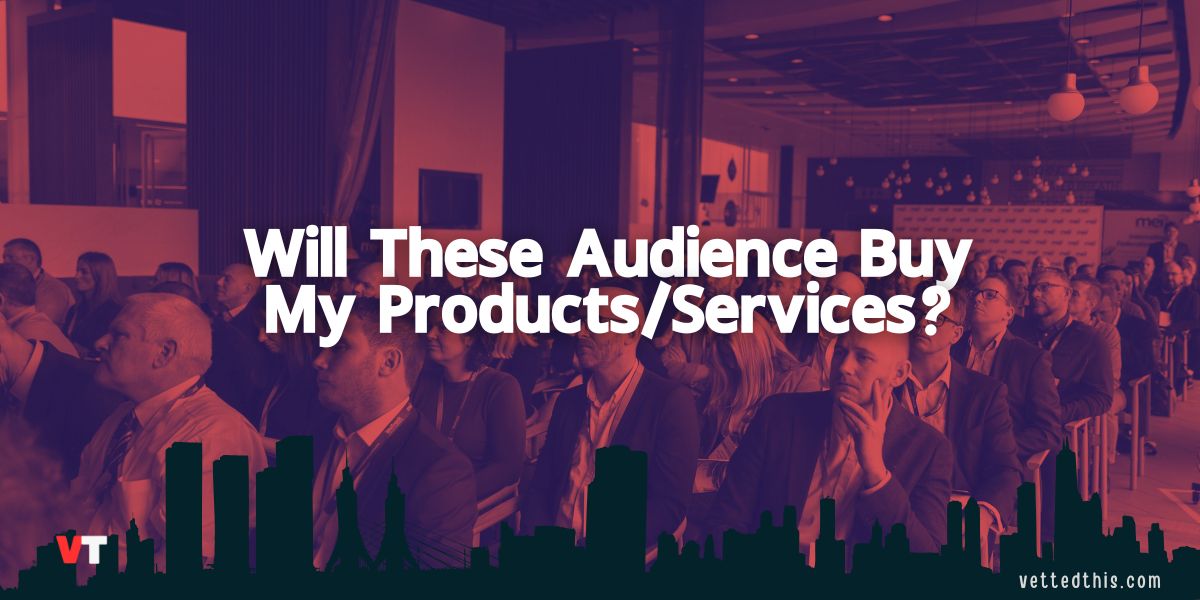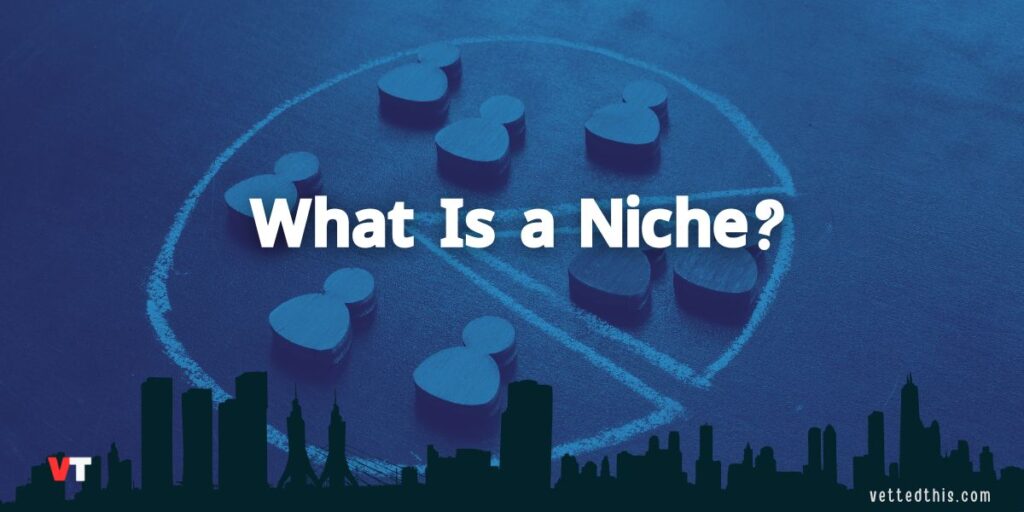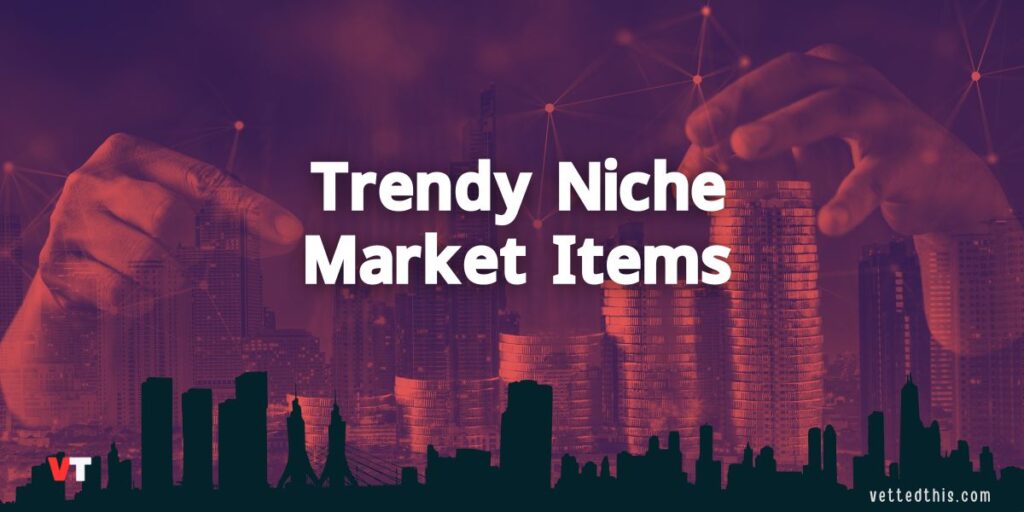Your target audience is the specific group of people most likely to buy your products or services. These individuals share common characteristics, such as age, gender, income, location, interests, and values. So, identify your target audience, for example: age (25-45), gender (women), income ($50K+), location (urban), interests (beauty, self-care) and needs (premium skincare), then run your marketing campaign (organic or paid) to reach those.
I have been doing an internet marketing course named as a High Ticket Affiliate Course in my country. So, my target audience would be like young people aged 18 to 45 who want to do a side hustle online, mostly men, with an income atleast $500 per month from offline or online ventures, and who have an interest in making a career online and currently stay in my country as the course language is my local language.
So you see, I know my audience and I have already the audience persona made. Let’s see another example here:
If you’re selling high-end skincare products, your target audience might include:
- Demographics: Women aged 25-45, with a middle to high income, living in urban areas.
- Psychographics: Health-conscious, value quality and luxury, interested in self-care and beauty trends.
- Behavioral: Willing to invest in premium products, loyal to brands that align with their values, influenced by reviews and recommendations.
If you sell any low-end products from any niche or sector; your target audience may differ but they will always be categorized in those 3 ways. Your audience will always have certain similarities within demographics, psychographics, and behavioral segments.

If you sell plant-based, eco-friendly products, your target audience is likely vegan individuals who prioritize health, sustainability, and ethical consumption. For example, if you sell organic vegetables, vegan meal kits, or cruelty-free skincare, your ideal customers are people who align with a vegan lifestyle.
But to truly understand who will buy your products or services, you need to dive deeper into the demographics, psychographics, and behaviors of your potential customers.
Types of Target Audiences
- Demographic Audience
- Segmented by age, gender, income, education, and location.
- Example: A luxury car brand targets high-income men aged 40-60.
- Psychographic Audience
- Segmented by lifestyle, values, interests, and personality.
- Example: A sustainable fashion brand targets eco-conscious millennials who value ethical production.
- Behavioral Audience
- Segmented by purchasing habits, brand loyalty, and product usage.
- Example: A subscription-based coffee brand targets frequent coffee drinkers who value convenience.
Examples of Target Audiences and Their Preferences
- Vegans and Eco-Conscious Consumers
- Demographics: Ages 18-45, urban dwellers, middle- to high income.
- Interests: Sustainability, animal welfare, health, and wellness.
- Most Bought Items: You can market your Organic vegetables related products, plant-based meat alternatives, reusable products, and cruelty-free cosmetics to this audience.
- Why They Buy: They prioritize ethical consumption, environmental impact, and health benefits.
- Young Professionals (Ages 25-34)
- Demographics: Urban or suburban, tech-savvy, middle-income earners.
- Interests: Convenience, career growth, fitness, and social trends.
- Most Bought Items: This audience will be a perfect match for meal delivery kits, fitness gear, smart home devices, and professional attire related items and products or services.
- Why They Buy: They value time-saving solutions, quality, and products that enhance their lifestyle.
- Parents with Young Children (Ages 30-45)
- Demographics: Suburban families, dual-income households.
- Interests: Child development, family health, and convenience.
- Most Bought Items: Any kind of baby products, educational toys, healthy snacks, and family-friendly vacation services are perfect for this audience.
- Why They Buy: They prioritize safety, quality, and products that make parenting easier.
- Luxury Shoppers (High-Income Individuals)
- Demographics: Ages 35-60, high-income earners, urban or affluent suburban areas.
- Interests: Status symbols, exclusivity, and premium experiences.
- Most Bought Items: Come up with some product or service ideas based on designer clothing, luxury cars, fine jewelry, and high-end electronics for this audience.
- Why They Buy: They seek prestige, quality, and products that reflect their success.
- Gamers (Ages 15-35)
- Demographics: Predominantly male, tech-savvy, middle-income.
- Interests: Video games, streaming, and online communities.
- Most Bought Items: This audience is always interested in products like gaming consoles, accessories, energy drinks, and in-game purchases.
- Why They Buy: They value immersive experiences, performance, and staying ahead of gaming trends.
Audience Factors That Influence Purchasing Decisions
- Needs and Pain Points
- Customers buy products that solve their problems or fulfill their needs. For example, busy parents buy meal kits to save time.
- Values and Beliefs
- Consumers align with brands that reflect their values. For instance, vegans buy cruelty-free products to support animal welfare.
- Convenience and Accessibility
- Products that are easy to purchase and use, like online shopping or subscription services, attract busy professionals.
- Quality and Trust
- Customers are willing to pay more for high-quality, reliable products. Luxury shoppers, for example, prioritize brand reputation.
- Trends and Social Influence
- Younger audiences, like Gen Z, are heavily influenced by social media trends and peer recommendations.
So what are you waiting for?
Keep researching about your audience and let us know if you have made it or not!
Cheers!



